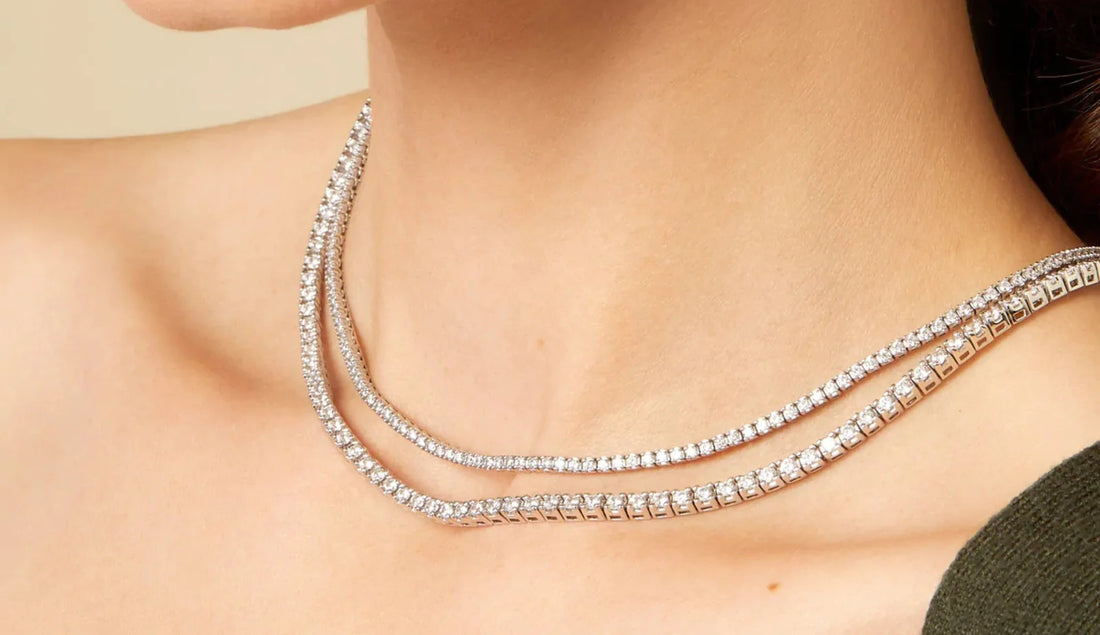When it comes to purchasing a diamond, there are several important factors to consider. One of the most crucial is known as the "4 C's" of diamond quality. These 4 C's stand for cut, color, clarity, and carat weight, and they play a critical role in determining a diamond's overall value and beauty. In this article, we'll take a closer look at each of these factors and what they mean for the quality of a diamond.
- Cut
The cut of a diamond refers to its overall proportions and the quality of its polish and symmetry. A well-cut diamond will reflect light in a way that maximizes its brilliance, fire, and sparkle. In contrast, a poorly cut diamond may look dull and lifeless. When evaluating the cut of a diamond, it's important to consider factors such as the depth and symmetry of its facets, the size and location of its culet and table, and the overall shape of the stone.
Diamonds are typically graded on a scale that ranges from "excellent" to "poor" based on their cut quality. It's generally recommended to choose a diamond with a cut grade of "excellent" or "very good" to ensure maximum beauty and value.
- Color
The color of a diamond refers to the presence or absence of color within the stone. The most valuable diamonds are those that are completely colorless, as they allow maximum light to pass through the stone and reflect back to the viewer. Diamonds with a yellow or brown tint are considered less valuable, as they absorb light and reflect less brilliance and fire.
Diamonds are graded on a scale that ranges from "D" (completely colorless) to "Z" (light yellow or brown). The closer a diamond is to the "D" end of the scale, the more valuable it is considered to be.
- Clarity
The clarity of a diamond refers to the presence or absence of internal and external flaws, known as inclusions and blemishes, respectively. These flaws can affect the diamond's brilliance and overall appearance. Diamonds with few or no inclusions or blemishes are considered more valuable, as they allow maximum light to pass through the stone and reflect back to the viewer.
Diamonds are typically graded on a scale that ranges from "flawless" (no inclusions or blemishes visible under 10x magnification) to "included" (inclusions and/or blemishes visible to the naked eye). It's generally recommended to choose a diamond with a clarity grade of "SI1" or better to ensure maximum beauty and value.
- Carat Weight
The carat weight of a diamond refers to its weight in carats. One carat is equivalent to 0.2 grams. Larger diamonds are typically more valuable than smaller diamonds, all other factors being equal. However, it's important to note that a diamond's value is also affected by its cut, color, and clarity, so carat weight should not be the only factor considered when evaluating a diamond's value and beauty.
When shopping for a diamond, it's important to consider all four of these factors in combination. A diamond with a high carat weight but poor cut, color, and clarity may be less valuable and less beautiful than a smaller diamond with excellent quality in all four categories. It's also important to consider your own personal preferences and budget when choosing a diamond, as the 4 C's can affect the price of a diamond significantly.
In conclusion, the 4 C's of diamond quality - cut, color, clarity, and carat weight - play a critical role in determining a diamond's overall value and beauty. When shopping for a diamond, it's important to consider all four factors in combination and to choose a diamond

